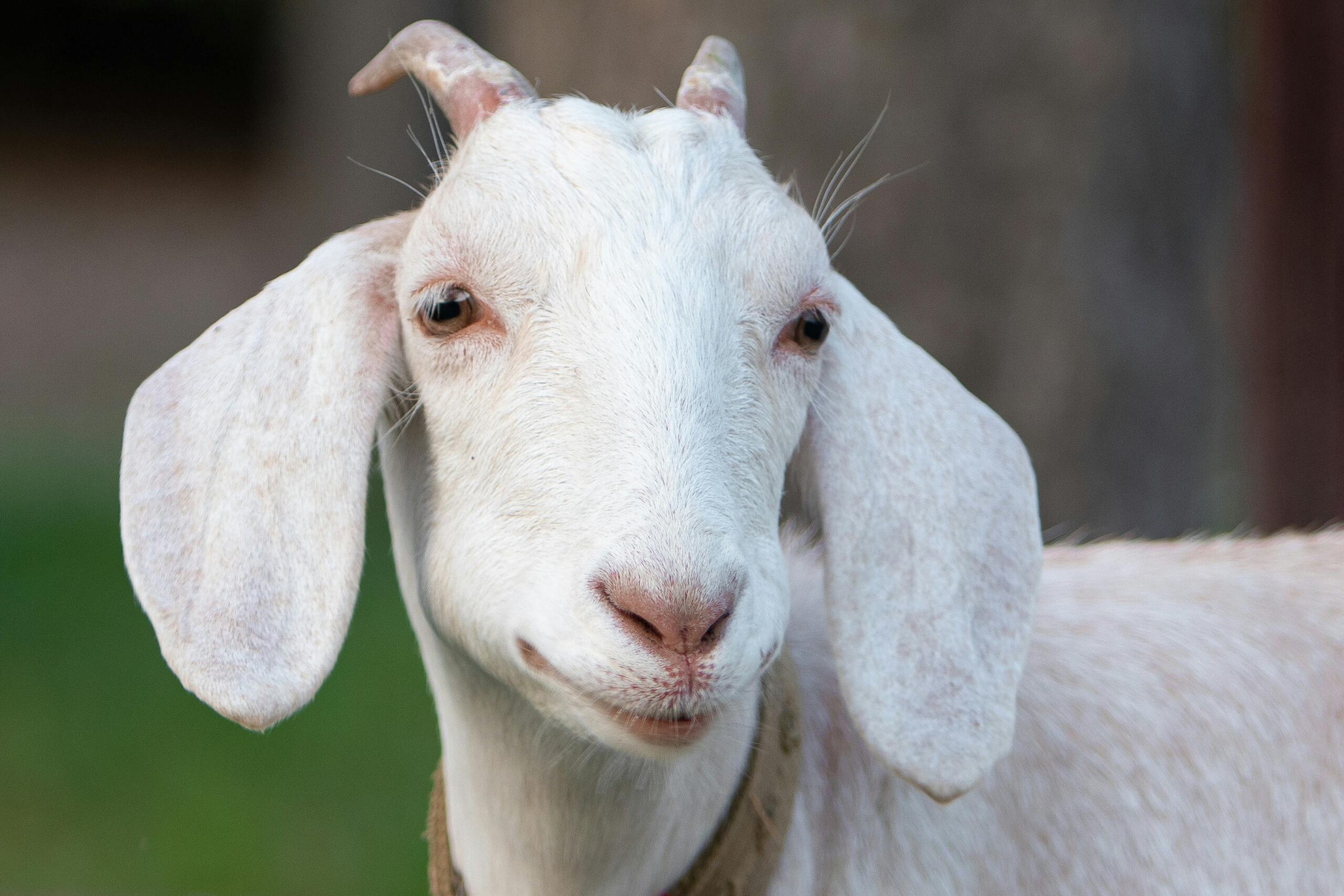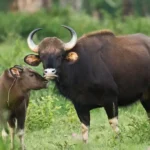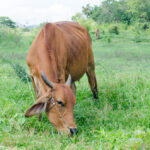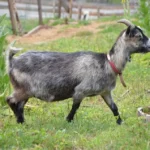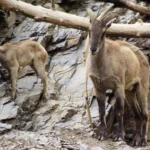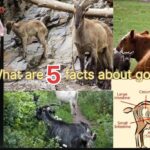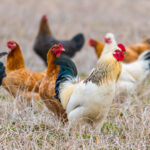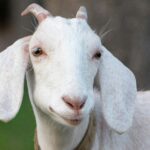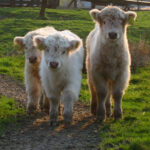Introduction of Goats:
Welcome to the captivating realm of goats, where these charming creatures have woven themselves into the fabric of human history and culture for thousands of years. From their humble beginnings to their current roles as agricultural assets, pets, and even mythical figures, goats hold a special place in the hearts of many around the globe. Join us as we embark on a journey to explore the etymology, history, anatomy, behavior, and various roles of goats in our world.
the mnemonic “Goats” to remember the taxonomic hierarchy:
- Domain: Eukarya
- Kingdom: Animalia
- Phylum: Chordata
- Class: Mammalia
- Order: Artiodactyla
- Family: Bovidae
- Subfamily: Caprinae
- Tribe: Caprini
- Genus: Capra
- Species: Capra aegagrus (wild goat) or Capra hircus (domestic goat)
Etymology of Goats:
The term “goat” traces its roots back to the Proto-Indo-European word *gʰaidos, which evolved into the Old English word “gāt.” Linguistic variations of the word can be found in numerous languages, reflecting the widespread presence and significance of goats throughout human history.
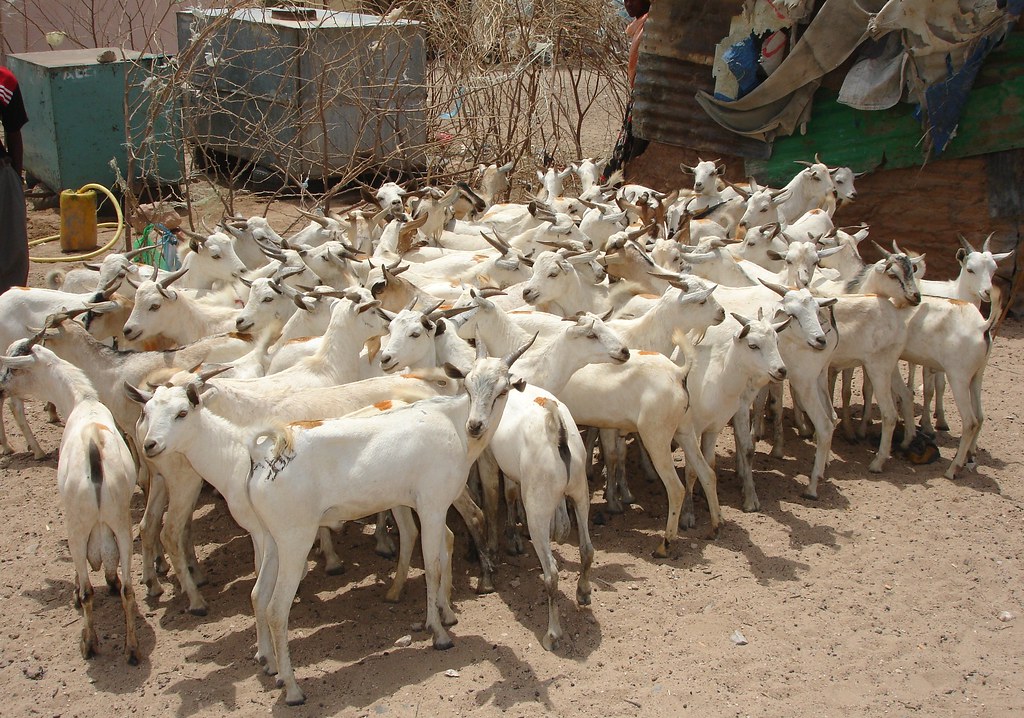
History of Goats:
The domestication of goats dates back to around 10,000 years ago in the ancient Near East, marking one of humanity’s earliest efforts in animal husbandry. Goats played a vital role in providing milk, meat, and fiber to early agricultural societies, contributing to their sustenance and economic development. As human civilization spread, so did the presence of goats, adapting to diverse climates and landscapes across the globe.
Anatomy of Goats:
Goats possess unique anatomical features that enable them to thrive in various environments. Their agile bodies are equipped with hooves designed for climbing rugged terrain, while their specialized digestive systems allow them to efficiently process a wide range of vegetation. With their distinctive horizontally slit pupils and keen senses, goats are well-adapted to detect predators and navigate their surroundings with ease.
Behavior and Ecology of Goats:
Known for their curious and playful nature, goats exhibit complex social behaviors within their herds. They communicate through vocalizations, body language, and scent marking, establishing hierarchies and maintaining group cohesion. In their natural habitats, goats fulfill essential ecological roles as browsers, helping to control vegetation growth and maintain ecosystem balance.
Agriculture of Goats:
In modern agriculture, goats continue to serve as valuable assets, providing a sustainable source of milk, meat, and fiber for human consumption. Their ability to thrive in diverse climates makes them ideal livestock for small-scale farming operations, offering a low-maintenance alternative to traditional livestock species. Goat farming practices vary widely around the world, reflecting cultural traditions and regional preferences.
Pets of Goats:
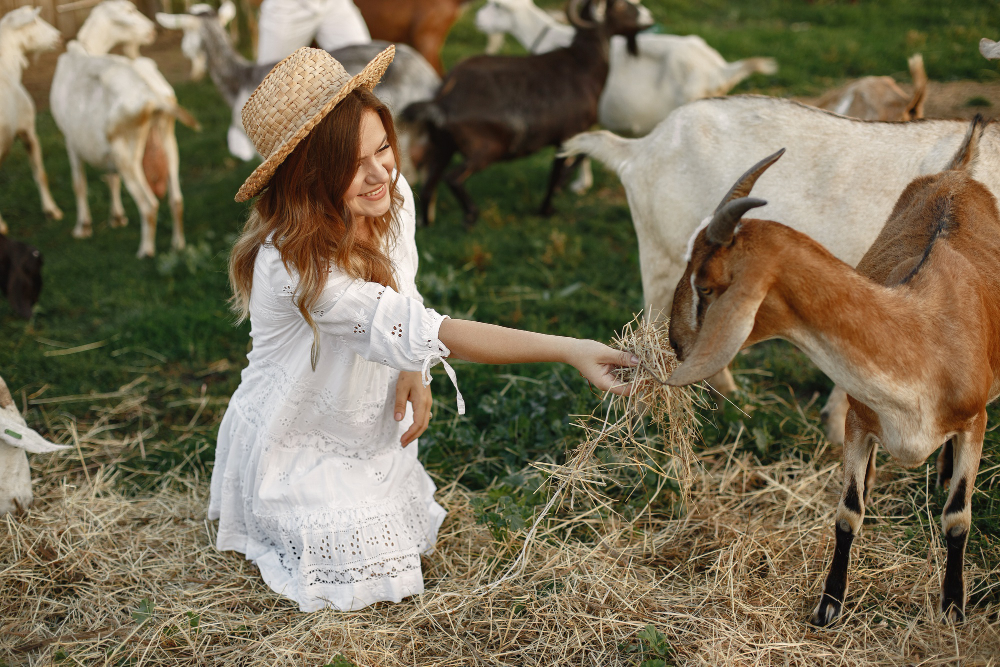
Beyond their agricultural utility, goats have also gained popularity as beloved pets and companions. Their friendly demeanor, intelligence, and playful antics endear them to individuals and families seeking unique animal companionship. Whether kept as backyard pets or integrated into therapeutic programs, goats forge special bonds with their human caregivers, enriching their lives in unexpected ways.
Showing of Goats:
For enthusiasts seeking to showcase the beauty and athleticism of goats, showing competitions provide a platform for exhibitors to demonstrate the superior qualities of their animals. From dairy goats prized for their milk production to meat goats valued for their conformation and muscle mass, showing events celebrate the diverse breeds and breeding practices that contribute to the advancement of goat genetics.
Mythology and Folklore of Goats:
Throughout history, goats have been revered and mythologized in cultures around the world. From the Greek god Pan, depicted as a half-man, half-goat deity associated with nature and fertility, to the Norse thunder god Thor, who drove a chariot pulled by goats, these creatures have symbolized strength, virility, and fertility in mythological traditions. In folklore, goats are often portrayed as mischievous tricksters or symbols of stubbornness and independence.
Feral Goats:
In some regions, domesticated goats have gone feral, adapting to wild environments and thriving in the absence of human intervention. Feral goat populations can have significant ecological impacts, competing with native species for resources and altering ecosystems through their browsing activities. Efforts to manage feral goat populations often involve culling or relocation programs to mitigate their environmental effects.
See Also:
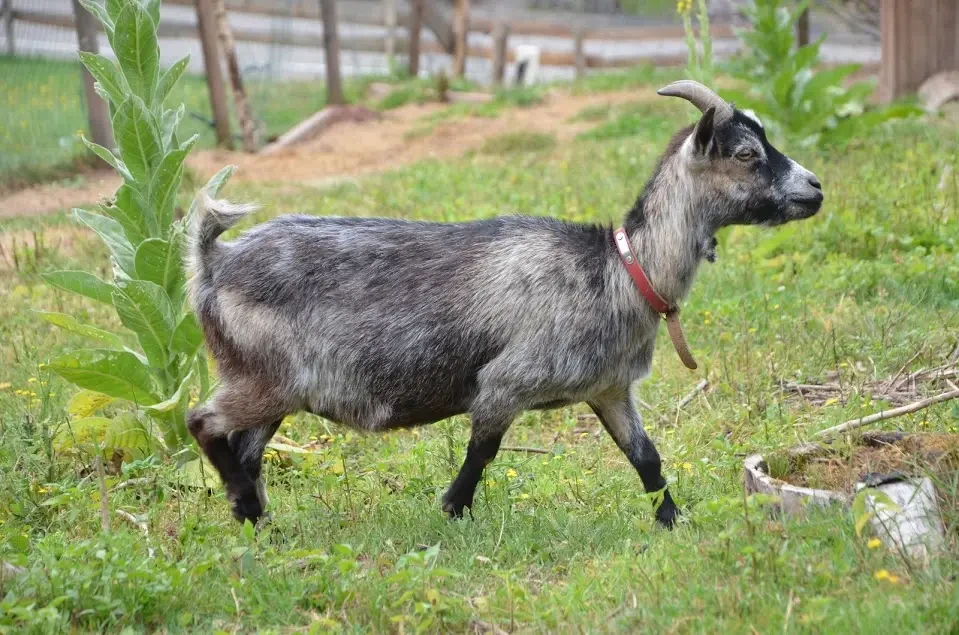
For further exploration of the world of goats, consider delving into related topics such as goat breeds, goat milk products, goat cheese production, and goat-inspired art and literature. Additionally, resources on goat care, husbandry practices, and sustainable farming techniques can provide valuable insights for goat enthusiasts and aspiring goat farmers alike.
References of Goats:
- Smith, Barbara J. “The Domestication History of Goats: New Evidence from the Zagros Mountains.” Science, vol. 287, no. 5461, 2000, pp. 2254–2257.
- Manning, Louise, and Ian Gordon. “The Ethology and Ethics of Farm Animal Production.” Animal Behaviour, vol. 66, no. 2, 2003, pp. 231–239.
- Ryder, M. L. “The History of Animal Domestication.” Annual Review of Anthropology, vol. 12, 1983, pp. 139–159.
- Mason, Ian L. “Goats: Biology, Production, and Management.” CAB International, 2018.
- Green, Miranda. “Goats: A Tribute to the Caprine Companion.” Ten Speed Press, 2022.
In conclusion, goats stand as remarkable creatures with a rich tapestry of history, biology, and cultural significance. Whether as providers of sustenance, companionship, or inspiration, goats continue to leave an indelible mark on the human experience, embodying resilience, adaptability, and the enduring bond between humans and animals.
